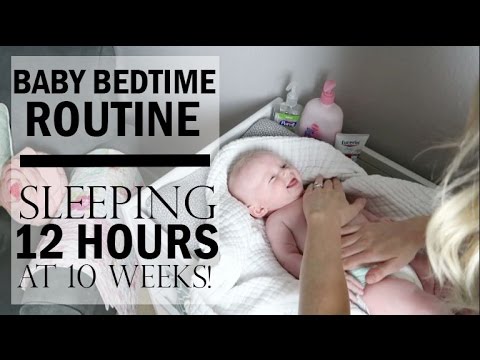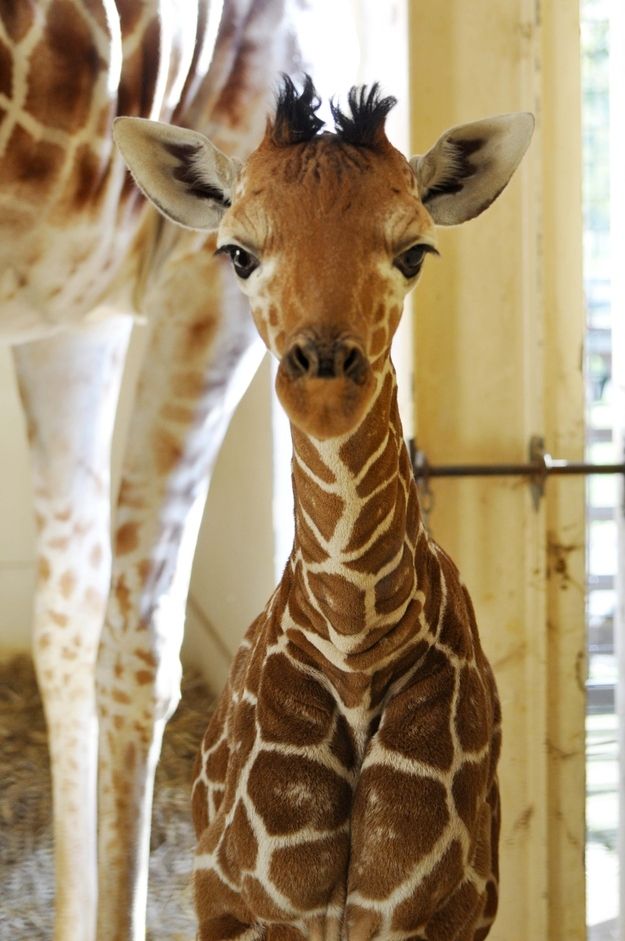Feed baby peanut butter
When can I start giving my baby peanut butter?
Log in | Register
Tips & Tools
Tips & Tools
Listen
Español
Text Size
Question
Amanda Cox, MD, FAAAAI
Answer
Many parents have questions and concerns about when peanut butter can be safely introduced, because it is the leading cause of fatal and near-fatal food allergic reactions in the United States.
New Guidelines on the Introduction of Allergenic Foods:
For many years, experts thought that the best way to fight peanut allergy was to avoid peanut products in the first years of life. At the time, it was thought that delaying introduction would possibly prevent the development of other allergic conditions, especially eczema. However, more recent guidelines show that there is no benefit to delaying the introduction of allergenic foods. In 2015, an important study showed that early introduction and regular feeding of peanut prevented the development of peanut allergy in infants at "high risk" for peanut allergy (meaning infants who had severe eczema and/or an egg allergy).
Advice to Parents:
Start solids with a few foods that are of low allergy risk—for example, infant cereal, puréed bananas, or puréed prunes. Give your baby one new food at a time, and wait at least 2 to 3 days before starting another. After each new food, watch for any allergic reactions such as diarrhea, rash, or vomiting.
 If any of these occur, stop using the new food and consult with your child's pediatrician.
If any of these occur, stop using the new food and consult with your child's pediatrician.If there is no special reason to be concerned that your baby is at increased risk for food allergies, after a few first foods have been tolerated, you can start to introduce the more highly allergenic foods (milk, egg, soy, wheat, peanut, tree nuts, fish, and shellfish). It is important that these—and all foods—are in forms and textures appropriate for infants. For instance, while whole cow's milk is not recommended before 1 year of age; you may introduce processed dairy products such as whole milk yogurt or Greek yogurt mixed with a fruit that your baby has already had in his or her diet.
If your baby has or had severe, persistent eczema or an immediate allergic reaction to any food— especially if it is a highly allergenic food such as egg—he or she is considered "high risk for peanut allergy." You should talk to your child's pediatrician first to best determine how and when to introduce the highly allergenic complementary foods.
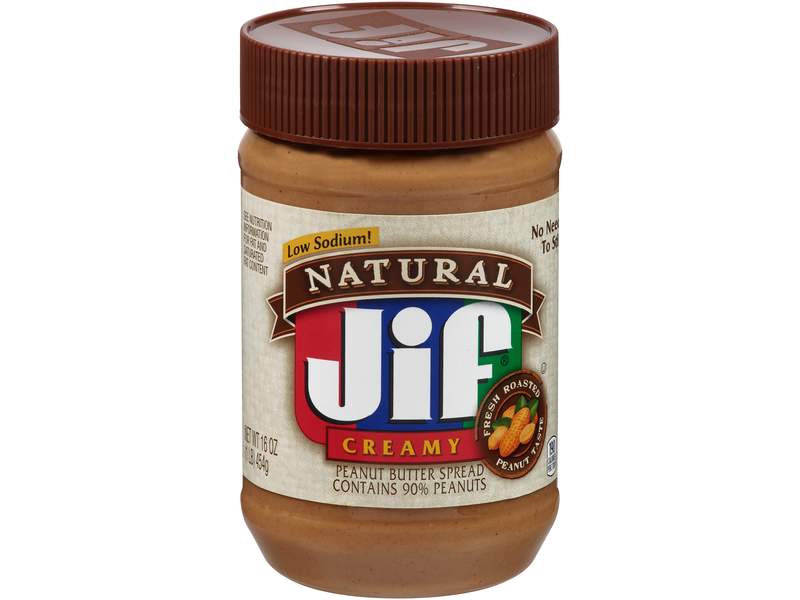 Ideally peanut-containing products should be introduced to these babies as early as 4 to 6 months. It is strongly advised that these babies have an allergy evaluation or allergy testing prior to trying any peanut-containing product. Your doctor may also require the introduction of peanuts be in a supervised setting (e.g., in the doctor's office).
Ideally peanut-containing products should be introduced to these babies as early as 4 to 6 months. It is strongly advised that these babies have an allergy evaluation or allergy testing prior to trying any peanut-containing product. Your doctor may also require the introduction of peanuts be in a supervised setting (e.g., in the doctor's office). Babies with mild to moderate eczema are also at increased risk of developing peanut allergy. These babies should be introduced to peanut-containing products around 6 months of age; peanut-containing products should be maintained as part of their diet to prevent a peanut allergy from developing. These infants may have peanut introduced at home (after other complementary foods are introduced), although your pediatrician may recommend an allergy evaluation prior to introducing peanut.
Babies without eczema or other food allergies, who are not at increased risk for developing an allergy, may start having peanut-containing products and other highly allergenic foods freely after a few solid foods have already been introduced and tolerated without any signs of allergy.
 As with all infant foods, allergenic foods should be given in age- and developmentally-appropriate safe forms and serving sizes.
As with all infant foods, allergenic foods should be given in age- and developmentally-appropriate safe forms and serving sizes.
Choking Prevention:
Whole peanuts themselves are choking hazards and should not be fed to babies. They can block the air passages, and if whole or partially chewed peanuts are inhaled into the lungs, they can cause a severe and possibly fatal chemical pneumonia. Avoid whole peanuts until your child is old enough to be counted on to chew them well (usually at least 4 years and up).
A good way to introduce peanut in infancy would be mixing and thinning-out a small amount of peanut butter in cereal or yogurt. Dissolving peanut butter puffs with breast milk or formula and feeding it by spoon is another good option.
Remember:
The highly allergenic foods should initially be given to your baby in small tastes at home, and the amount can gradually be increased in a developmentally appropriate manner if there are no signs of intolerance or allergic symptoms.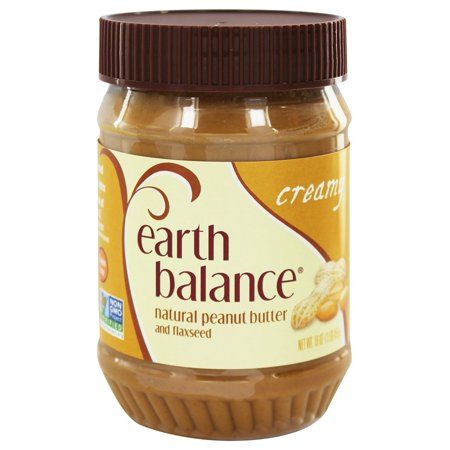
NOTE: The AAP recommends breastfeeding as the sole source of nutrition for your baby for about 6 months. When you add solid foods to your baby's diet, continue breastfeeding until at least 12 months. You can continue to breastfeed after 12 months if you and your baby desire. Check with your child's doctor about vitamin D and iron supplements during the first year. Remember that each child's readiness for solid foods depends on his own rate of development.
Additional Information & Resources:
Working Together: Breastfeeding and Solid Foods
Sample Menu for an 8 to 12 Month Old
Infant Allergies and Food Sensitivities
Peanut Allergies: What You Should Know About the Latest Research
- The Effects of Early Nutritional Interventions on the Development of Atopic Disease in Infants and Children: The Role of Maternal Dietary Restriction, Breastfeeding, Hydrolyzed Formulas, and Timing of Introduction of Allergenic Complementary Foods (AAP Clinical Report)
Amanda Cox, MD, FAAAAI
Amanda Cox, MD, FAAAAI is an Assistant Professor of Pediatrics in the Division of Pediatric Allergy and Immunology at the Icahn School of Medicine at Mount Sinai in New York and a practicing pediatric allergist at Jaffe Food Allergy Institute.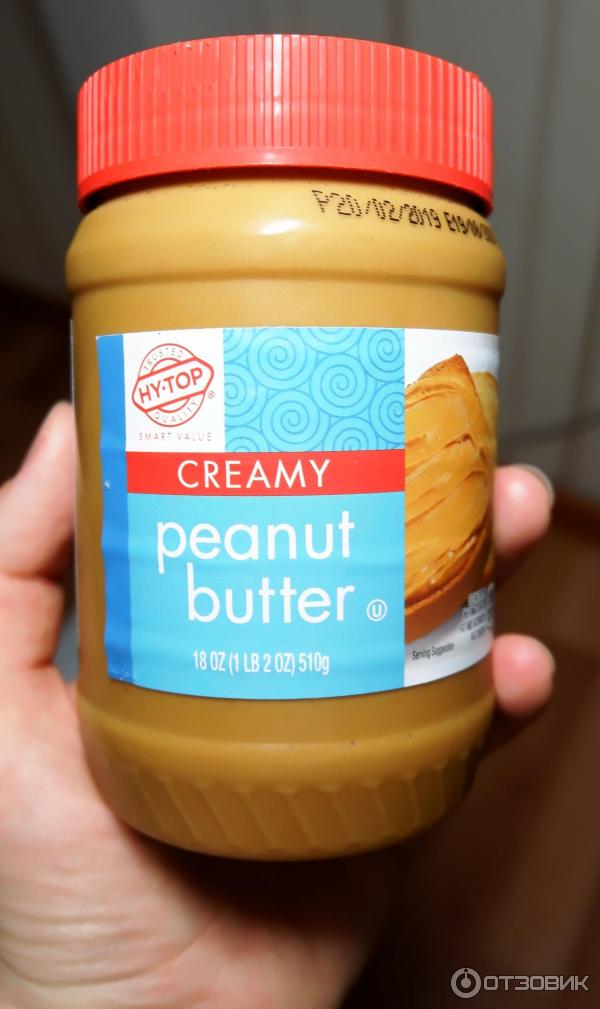 She is a former president of the New York Allergy & Asthma Society and a fellow of the American Academy of Allergy Asthma & Immunology where she serves on the Adverse Reactions to Foods Committee. Dr. Cox is a contributing writer to The Pediatrician's Guide to Feeding Babies and Toddlers and has written several book chapters and review articles in the area of food allergy.
She is a former president of the New York Allergy & Asthma Society and a fellow of the American Academy of Allergy Asthma & Immunology where she serves on the Adverse Reactions to Foods Committee. Dr. Cox is a contributing writer to The Pediatrician's Guide to Feeding Babies and Toddlers and has written several book chapters and review articles in the area of food allergy.
- Last Updated
- 3/17/2019
The information contained on this Web site should not be used as a substitute for the medical care and advice of your pediatrician. There may be variations in treatment that your pediatrician may recommend based on individual facts and circumstances.
Introducing Peanut Products to Your Baby
Why should I introduce peanut products to my baby so early in life?
Introducing peanut products to your baby early in life can help prevent him from developing a peanut allergy later on. Ask your doctor when it is right to introduce peanut products for the first time.
Ask your doctor when it is right to introduce peanut products for the first time.
What should I do before giving my baby peanut products for the first time?
- Talk with your baby’s doctor about whether he is ready to try peanut products.
- If your baby has other known food allergies or very bad eczema (dry, scaly patches of skin), ask your doctor if your baby should have an allergy test or see a pediatric allergist (allergy doctor).
How do I introduce peanut products?
Safety tips
- Give the first taste when your baby is healthy. Do not give the first taste if he has a cold, fever, diarrhea or other illness.
- Give your baby his first taste of peanut products at home. Do not give the first taste at day care or in a restaurant.
Timing tips
- Set aside at least 2 hours after the first taste to watch your baby for a reaction. Make sure you or another family member can give full attention to your baby.
- Wait 10 minutes between the first and second taste.
 If your baby does not have any reaction after 10 minutes, give the rest of the peanut butter at his normal eating speed.
If your baby does not have any reaction after 10 minutes, give the rest of the peanut butter at his normal eating speed. - Give your baby 2 teaspoons (6 grams) of peanut products at least 3 times per week. This will help prevent him from developing a peanut allergy later in life.
Tips while your child eats
- Prepare a full serving of peanut butter from a recipe below.
- Offer the first taste on a small spoon.
- For babies and children under age 4, mix peanut butter with 1 safe food at a time. Do not give plain peanut butter to any baby or child under age 4.
- Do not push your baby to eat more than he wants.
Peanut recipes for babies
Option 1: Peanut butter puree
You will need:
- 2 tsp. smooth, all-natural peanut butter (with no added ingredients)
- 2-3 tbsp. of plain yogurt or pureed (smooth) fruit or vegetable that your baby likes
- Mix peanut butter and yogurt or fruit or vegetable puree.
 Add more water if you want the puree to be thinner.
Add more water if you want the puree to be thinner.
Option 2: Peanut butter powder sauce
You will need:
- 2 tsp. powdered peanut butter or peanut flour
- 2-3 tbsp. of warm water, oatmeal, applesauce or mashed banana
- Mix peanut butter or peanut flour with the water, oatmeal, applesauce or banana.
- Let the mixture cool.
- Add more water if you want the mixture to be thinner.
Option 3: Bamba® peanut butter puffs
You will need:
- 21 Bamba® peanut butter puffs
- For babies aged 7 months and under, soften puffs in 4-6 tbsp. of water. Feed your baby one puff at a time.
- For babies older than 7 months or who can eat dissolvable solids, feed puffs one at a time as normal.
A note about choking
- Only give your baby smooth peanut butter.
- Never give your baby chunky or crunchy peanut butter. Your baby can choke on the small peanut pieces.
- Never give your baby whole peanuts or pieces of peanuts.

A note about food allergies
When your baby is trying a peanut product for the first time, it is important to watch him for signs of a food allergy. An allergic reaction can happen up to two (2) hours after trying a new food.
What is a food allergy?
A food allergy is when your body mistakes a certain food for something dangerous or unknown.
What are common signs of a food allergy?
- Rash or hives (swollen red bumps) around the mouth or on the face or body
- Swollen lips, tongue or face
- Itching
- Vomiting
- Coughing
- Change in skin color (blue or pale)
- Wheezing (whistling sound when you breathe in)
- Trouble breathing
- Suddenly feeling tired or drowsy
- Feeling like your body is going limp
What to do if your baby has an allergic reaction
- Call 911 or take your baby to the emergency room right away.
- If your baby’s allergist (allergy doctor) has created a Food Allergy Action Plan, follow the steps.

Rev. 9/2017. Mass General for Children and Massachusetts General Hospital do not endorse any of the brands listed on this handout. This handout is intended to provide health information so that you can be better informed. It is not a substitute for medical advice and should not be used to treatment of any medical conditions.
When can children eat peanut butter?
Content
- When it is better to use peanut oil
- Factors of allergy risk
- Allergic reactions
- Arachy oil for children
- Recipes
- For teeth teeth with peanut oil
- Arachical oil and muscat poke 9000 9000 9000 9000 9000 9000 9000 9000 9000 9000 9000 9000 9000 9000 9000 9000 9000 9000 9000 9000 9000 9000 9000 9000 9000 9000 9000 9000 9000 9000 9000 9000 9000 9000 9000 9000 9000 9000 9000 9000 9000 9000 9000 9000 9000 9000 9000 9000 9000 9000 9000 9000 9000 9000 9000 9000 9000 9000 9000 9000 9000 9000 9000 9000 9000 fingerprints PB&J
Peanut butter is a versatile product, tasty and healthy at the same time. You can enjoy it as a snack or meal. Spoon crunchy peanut butter on a stick of celery, or make a peanut butter, jelly, and banana sandwich for lunch.
You can enjoy it as a snack or meal. Spoon crunchy peanut butter on a stick of celery, or make a peanut butter, jelly, and banana sandwich for lunch.
No matter how you spread it, peanut butter is delicious and can be a staple in any healthy diet.
The problem is that it can't be either. This is because about 3 million people in the United States are allergic to peanuts and tree nuts. In fact, peanut allergy is the most common allergy among children with food allergies.
But recent research has shown that early exposure to peanuts can greatly reduce your child's chance of developing a nut allergy.
If you want to introduce your child to peanut butter but are afraid of allergies, read on for tips, tricks and some recipe ideas.
When to Use Peanut Butter
The American Academy of Allergy, Asthma and Immunology recommends giving peanut butter to your baby only after he or she is safe to feed other solid foods without any allergy symptoms. This can happen between 6 and 8 months of age.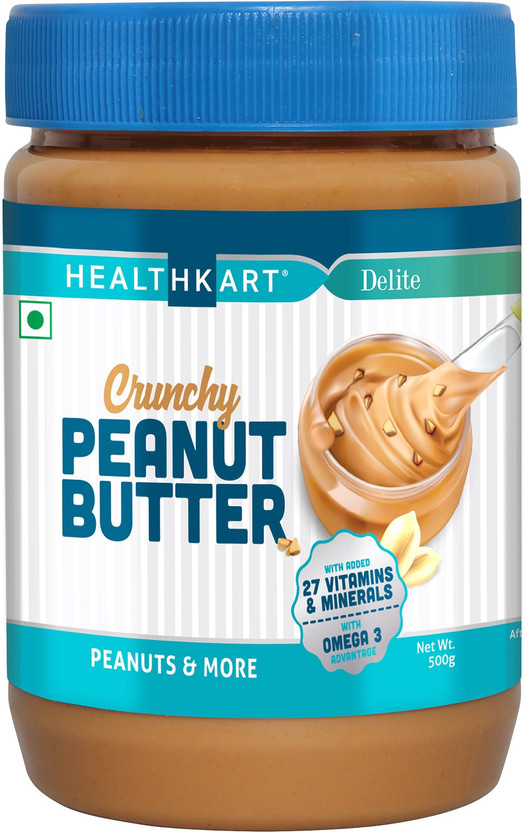
Do not give whole peanuts or peanut pieces to children under 4 years of age. Peanuts can be a choking hazard.
Allergy risk factors
Peanuts are among the eight foods that account for 90% of all food allergies. A peanut allergy that usually develops in childhood can last a lifetime. If you've outgrown your peanut allergy, there's still a chance it will come back.
Children with other food allergies are at increased risk of peanut allergy. The same goes for children in families where food allergies are common. Children who are allergic to peanuts should never be given peanuts.
You should also be careful when giving peanut butter to your child if you think they are at risk for allergies. First, talk to your doctor and ask about an allergy test. If you are sure you want to introduce peanuts, it may be wise to give your child peanut butter during a doctor's visit.
Allergic reactions
There are several ways to identify food allergies.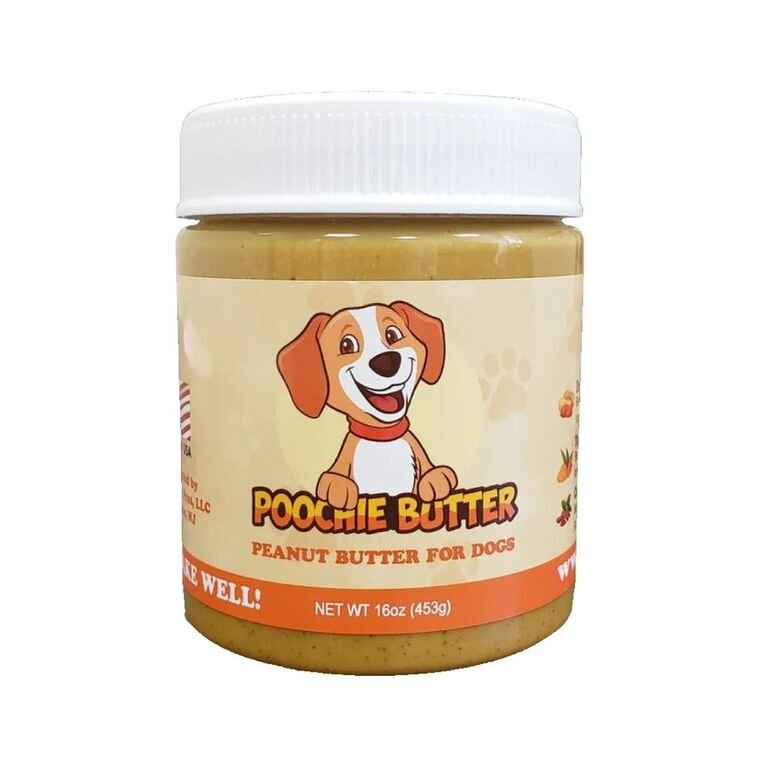 Your child may experience:
Your child may experience:
- hives (red spots that mimic mosquito bites)
- Sneezing and wheezing
- Problems with breathing
- Tumor
- Itching rashes
- Smile in the throat
- Tumor
- Nausea
- vomiting 9000 9000 9000 9000 9000
- Symptoms of blood circulation 9000
- consciousness
Food allergy reactions can range from mild to severe. They can also happen shortly after eating. Usually your child has an allergic reaction in one place of the body. But if your child suffers from anaphylaxis, a serious, life-threatening allergic reaction caused by foods like peanuts, they will have several symptoms at once. Anaphylaxis requires immediate medical attention at the nearest emergency room.
If your child has a severe allergic reaction, they should see their pediatrician (and possibly an allergist) to determine the cause and treatment of the allergy.
Children's Peanut Butter
You should give children peanut butter, which should be smooth and runny.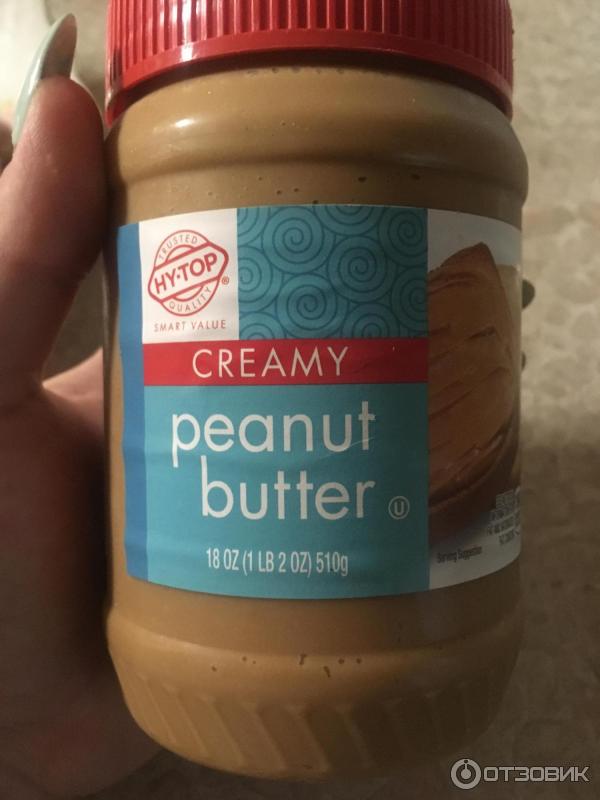 It is difficult for a child to eat thick peanut butter. If it is too thick to swallow, there may be a choking hazard.
It is difficult for a child to eat thick peanut butter. If it is too thick to swallow, there may be a choking hazard.
Don't buy chunky peanut butter and don't serve real peanuts. Both can cause your baby to suffocate. To dilute the texture of peanut butter, mix it with a little water to make it more like diluted paste.
Recipes
Peanut Butter Teething Cookies
This Peanut Butter Teething Cookie recipe is a delicious and organic way to help your baby use their new gummies. The cookies require only eight ingredients and take only 10 minutes to make and 20 minutes to cook.
Recipe yields 20 to 24 treats. You can serve them at room temperature or put them in the freezer briefly to soothe your child's gums. Make sure they are not too hard and crumbly so that the pieces do not break off and cause a risk of suffocation.
Peanut butter and butternut squash
Add zest to the solid foods you feed your baby with peanut butter and butternut squash. This two-ingredient recipe calls for some peanut butter and frozen butternut squash puree, thawed and microwaved.
This two-ingredient recipe calls for some peanut butter and frozen butternut squash puree, thawed and microwaved.
This is a quick and easy recipe that only takes 10 minutes to prepare.
PB&J Oatmeal Fingerprint Cookies
Weelicious has a healthy version of childhood favorite: PB&J Oatmeal Fingerprint Cookies. This delicious recipe takes only 15 minutes to prepare. They only take 5 minutes to prep and 10 minutes to bake. You will need nine ingredients in total.
When it's time to make cookies, ask your little one to help. Have them press their thumb on the cookie and then fill the indentation with their favorite jam or jelly.
This recipe makes 60 cookies.
Early complementary foods with peanuts reduce the risk of allergies in children
The Lancet: Early complementary foods with peanuts reduce the risk of allergies in children- Useful
- Food
- Health
28 0 16238
- July 06, 2022 15:09
- Stanislav Timonov, journalist of "Reedus"
Researchers at the Karolinska Institute in Sweden and the University of Oslo in Norway have found that early complementary foods, including small portions of peanuts, milk, wheat and eggs, reduce the risk of developing food allergies in children later in life.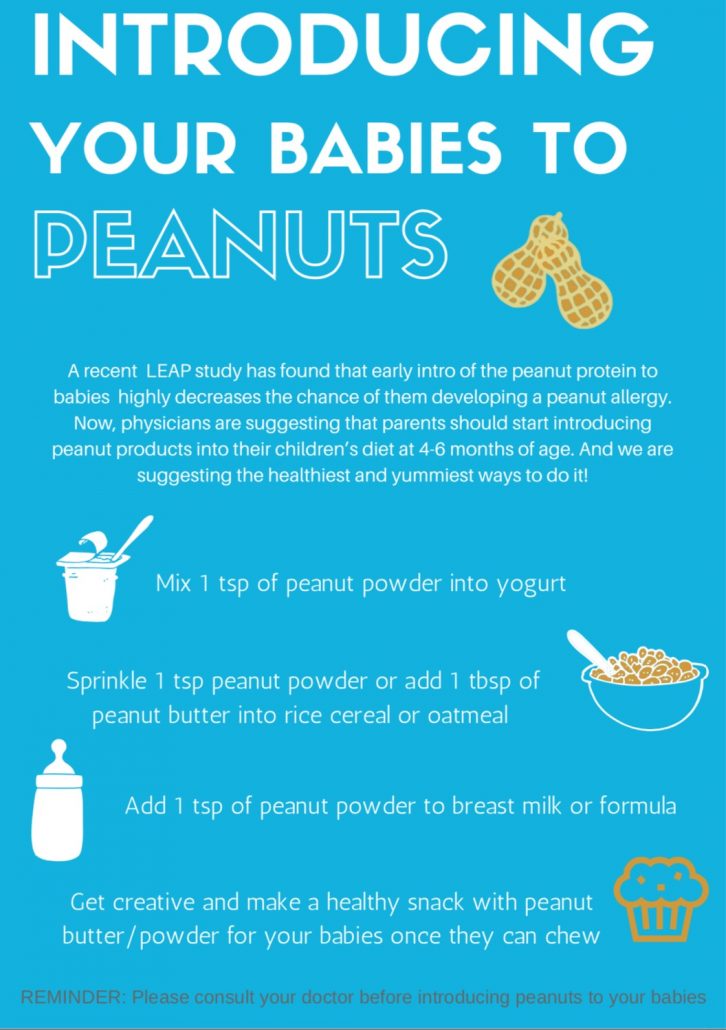
The study involved 2397 children who were randomly assigned to four groups. The first group received regular complementary foods with small amounts of peanut butter, milk, wheat and boiled eggs from the age of three months, the second - the same plus skin emollients, the third group was given only skin emollients, and the fourth received none of the above and was the control.
Feeding the baby.© unsplash.comSpecialists observed infants until the age of three, after which they were tested for allergies to one of the four foods they were given. The results showed that the risk of developing an excessive immune response to food was 1.1% in children who received early allergenic complementary foods, compared with 2.6% in children from the control group. The risk of developing an allergy to peanuts alone was 0.7% in the first and second groups compared to 2% in the control group.
“This is a significant protective effect, given that it does not require any complex manipulation.


